Submitted by Aspergillus Administrator on 31 October 2013
Allergic bronchopulmonary aspergillosis (ABPA) is a potential complication in asthmatic people, and can potentially lead to chronic pulmonary aspergillosis (CPA) when left untreated. Only recently have global incidences been estimated, with potentially 4.8 million people affected worldwide. (Denning et al., 2013)
There is a great quantity of on-going research into asthma and associated allergies, but how do such allergies begin? In recent years scientists have made large strides towards discovering how our immune systems malfunction—ultimately attacking substances which are not harmful. The science behind those mechanisms is complex, involving multitudes of small molecules which play individual roles in various allergic diseases.
There is a strong familial link to allergies; if one parent has an allergy, the child will acquire an allergy in 33% of cases. If both parents have an allergy, that risk doubles to around 70%. Similarly, identical twins have the same allergies in 70% of cases, further corroborating the familial link. It appears that children inherit the likelihood of developing an allergy; however, it is not always the same allergy which occurs in the parent(s). For example, a parent with a peanut allergy may not necessarily pass that specific vulnerability to peanuts to their children.
A number of theories exist attempting to explain why allergies initially occur (i.e. why the body’s immune cells decide to attack a particular allergen). These theories range from genetic to environmental, but there is no conclusive mechanism.
Nevertheless, the processes leading to allergic disease can be described more simply under two stages: sensitisation to an allergen (something which initiates an allergic response), and activation (the process by which the body responds to that allergen). The first stage, sensitisation, can occur with no symptoms, acting as a priming mechanism behind the disease, with no consequences on its own until your body encounters the same allergen again.
During re-exposure, antibodies developed during the sensitisation stage ‘recognise’ the allergen, triggering a cascading immune response. This is the same mechanism which protects us from colds and infections we’ve previously had, but happening against something non-infectious. This is the reason that allergies and colds have similar symptoms: runny nose, fatigue and sneezing, to name a few.
News archives
Showing 10 posts of 953 posts found.
-
Title
Date




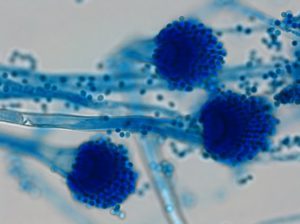
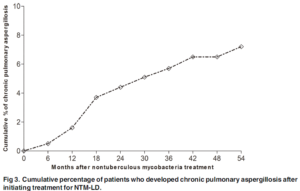
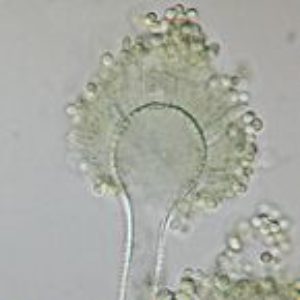
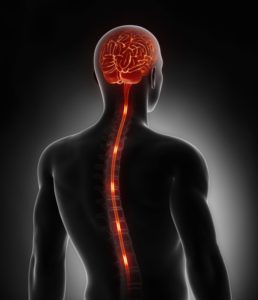


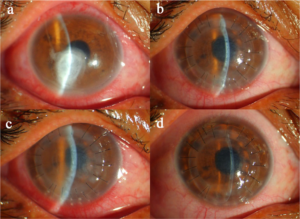
 ,
,  ,
, 